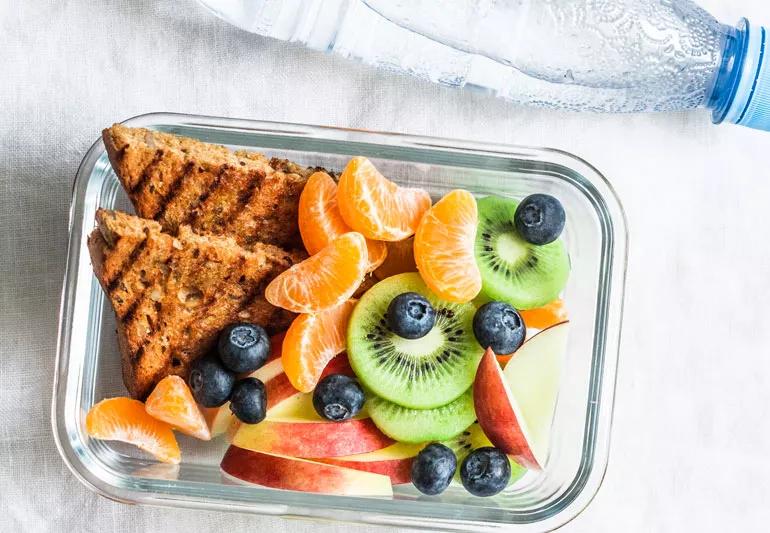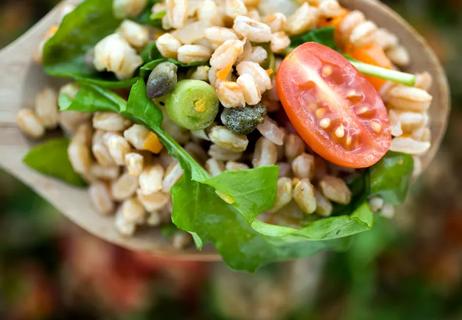Skip the hours of prep time — Mother Earth has done most of it for you

They say, “Be wary of the middle aisles of the grocery store.” Who is the mysterious “they?” And what happens in the middle?
Advertisement
Cleveland Clinic is a non-profit academic medical center. Advertising on our site helps support our mission. We do not endorse non-Cleveland Clinic products or services. Policy
“They” are dietitians and health professionals who know processed foods dwell in the middle aisles (usually at eye-level). “Processed foods often have few health benefits and are often full of additives and sugar,” says pediatric dietitian Jennifer Hyland, RD.
“Parents may reach for them because they’re convenient to serve — but there are plenty of healthy finger foods out there. You just have to know where to look.”
Processed foods are, not surprisingly, packaged in a way that entices kids — lots of colors and cute characters. Hyland says some boxed foods are perfectly appropriate, but not if the ingredient list is extremely lengthy and you can’t make out what many of the words mean.
Instead, choose packaged items with the fewest ingredients, such as tortilla chips made from corn, olive oil and salt. These are typically less processed.
Perishable foods requiring minimal effort are your best choice. If necessary, you can pair them with lightly processed foods for a healthier-than-the-drive-thru snack.
Try these combos:
Advertisement
Take advantage of these dairy or healthy fat options:
“You can have a lot of fun cooking with the kids to make your own grain-based snacks,” says Hyland. “It takes a little more effort, but if you make a batch and throw them in the freezer, they’ll be easy to grab and will thaw on the go.”
She recommends:
Healthy proteins are other easy options when you make them ahead of time. Try:
Keep choking hazards in mind when selecting finger foods. “A child’s windpipe is about the size of their pinky finger. Cut food length wise so it’s thin enough to pass easily,” says Hyland. “For the youngest kids, peel and cook fruits and veggies so you can mash them with a fork or your child can easily gum them.”
The U.S. Centers for Disease Control recommends avoiding these foods for younger children:
• Raw vegetables like carrot sticks.
• Whole nuts.
• Whole grapes or cherry tomatoes.
• Popcorn or chips.
• Meats that are tough to chew.
Advertisement
Learn more about our editorial process.
Advertisement

Hydration and sleep are as important as avoiding dirty surfaces

Maturity and safety matter more than age

These visits include getting important vaccines and checking on developmental milestones

Listen to your child to help them identify their fear and name it, but don’t reinforce it

Have a consistent routine and heap on the positive reinforcement

This parenting style relies on empathy, understanding and respect

Expert advice on helping your child to get better, faster
Get expert tips on prevention and treatment

Type 2 diabetes isn’t inevitable with these dietary changes

Applying a hot or cold compress can help with pain